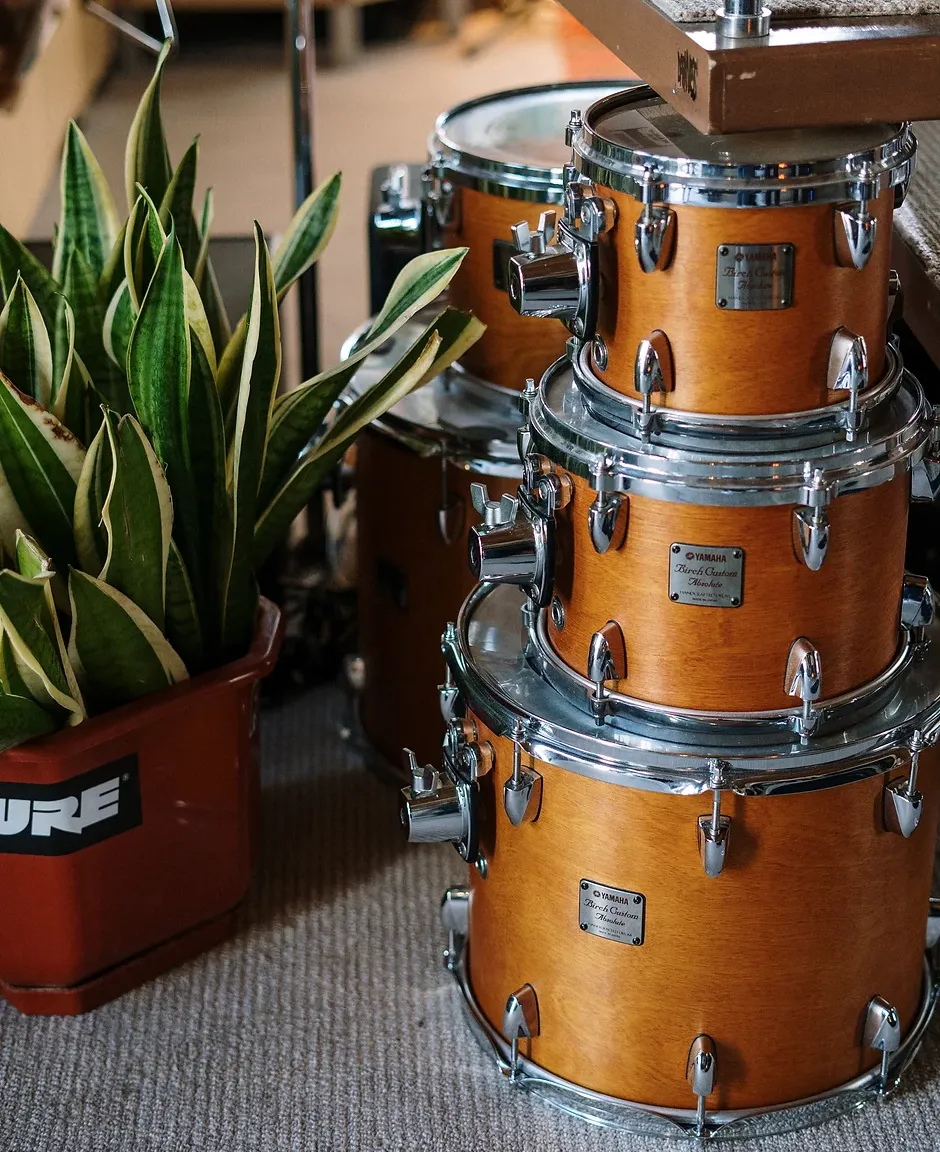
The Beat Goes On: A Guide to Understanding Drum Shells
Drum shells are the foundation of any drum kit, and they play a significant role in the overall sound and tone of the drums. In this blog, we'll explore the different materials used to make drum shells, the impact they have on sound, and how to choose the right shells for your needs.
The most common materials used to make drum shells are wood, metal, and composite materials like fiberglass and carbon fiber. Each material has its own unique characteristics and can offer different tonal qualities.
Wood is the traditional material for drum shells and is known for its warm, natural sound. Different types of wood can offer slightly different tonal characteristics, with maple and birch being popular choices for their bright, punchy sound and mahogany and oak offering a warmer, more rounded tone. Wood shells also tend to be more resonant, which can add depth and complexity to the sound.
Birch and maple are two popular types of wood used to make drum shells, and they each have their own unique tonal characteristics.
Birch is known for its bright, punchy sound with good projection and clarity. It offers a wide dynamic range and a fast attack, making it a good choice for a wide range of music styles, including rock, pop, and jazz. Birch drums are also known for their durability and are often used in touring situations.
Maple, on the other hand, has a warmer, more rounded sound with good sustain and a moderate attack. It is a popular choice for its versatility and can be used in a wide range of music styles, from rock and jazz to funk and pop. Maple drums are also known for their warm, natural tone and good projection.
Ultimately, the choice between birch and maple drum shells will depend on your personal preference and the sound you're trying to achieve. Birch drums offer a bright, punchy sound with good projection and clarity, while maple drums offer a warmer, more rounded sound with good sustain and versatility. Both types of wood are suitable for a wide range of music styles, so it's a matter of finding the one that best fits your needs.
Metal shells, typically made of aluminum or steel, offer a more focused, punchy sound with less resonance. They are often used in rock and metal music for their power and projection, and are also popular in electronic music for their ability to cut through a mix.
Composite materials like fiberglass and carbon fiber offer a more balanced, evenly-toned sound with a good amount of projection. They are also lightweight and durable, making them a popular choice for touring drummers.
In addition to the material, the thickness and construction of the drum shells can also affect the sound. Thinner shells tend to be more resonant and produce a warmer, more rounded sound, while thicker shells offer more projection and a more focused tone. Shells with a single ply are generally more resonant and open-sounding, while multi-ply shells offer more projection and focus.
When it comes to choosing the right drum shells for your needs, consider the style of music you play and the sound you're trying to achieve. Wood shells are a good choice for a wide range of music styles and offer a warm, natural sound, while metal and composite shells are better suited for specific genres like rock and electronic music. You'll also want to consider the thickness and construction of the shells, as well as any additional features like reinforcement rings or die-cast hoops, which can affect the sound and durability of the drums.
In conclusion, drum shells are an important factor in the overall sound and tone of a drum kit, and the material, thickness, and construction can all have an impact. By considering the style of music you play and the sound you're trying to achieve, you can choose the right drum shells for your needs. Whether you prefer the warmth and resonance of wood shells, the punch and projection of metal shells, or the balanced sound of composite shells, there's an option out there for you.